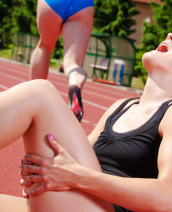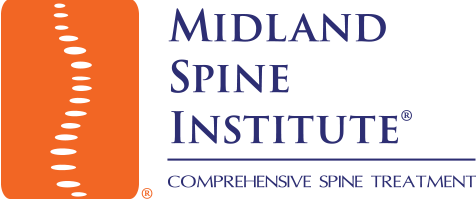
Athletic Injuries
Playing sport and doing regular exercise is good for your health, but can sometimes result in injuries.
Sports injuries can be caused by:
- an accident, such as a fall or heavy blow
- not warming up properly before exercising
- using inappropriate equipment or poor technique
- pushing yourself too hard
Almost any part of the body can be injured, including the muscles, bones, joints and connective tissues (tendons and ligaments). The ankles and knees are some of the most commonly affected areas.
What to do if you have an injury
If you’ve injured yourself, you will probably notice pain, tenderness, swelling, bruising, and restricted movement or stiffness in the affected area immediately. Sometimes, you may only notice these symptoms several hours after exercising or playing sports.
Stop exercising if you feel pain, regardless of whether your injury happened suddenly or you’ve had the pain for a while. Continuing to exercise while you’re injured may cause further damage and slow your recovery time.
If the injury is minor, you don’t usually need to see a doctor and can look after yourself at home (see below), but you may want to visit your GP or local NHS walk-in centre if you need advice or your symptoms don’t get better over time.
If the injury is severe, such as a broken bone, dislocation or severe head injury, go to your nearest accident and emergency (A&E) department as soon as possible.
Preventing sports injuries
You can reduce your risk of getting injured by:
- warming up properly before you exercise, read more about how to warm up before exercise and how to stretch after exercise
- not pushing your body beyond your current fitness level
- using appropriate equipment for specific sports, such as suitable running shoes, shin guards for football, and a gum shield for rugby
- receiving coaching to learn correct techniques

